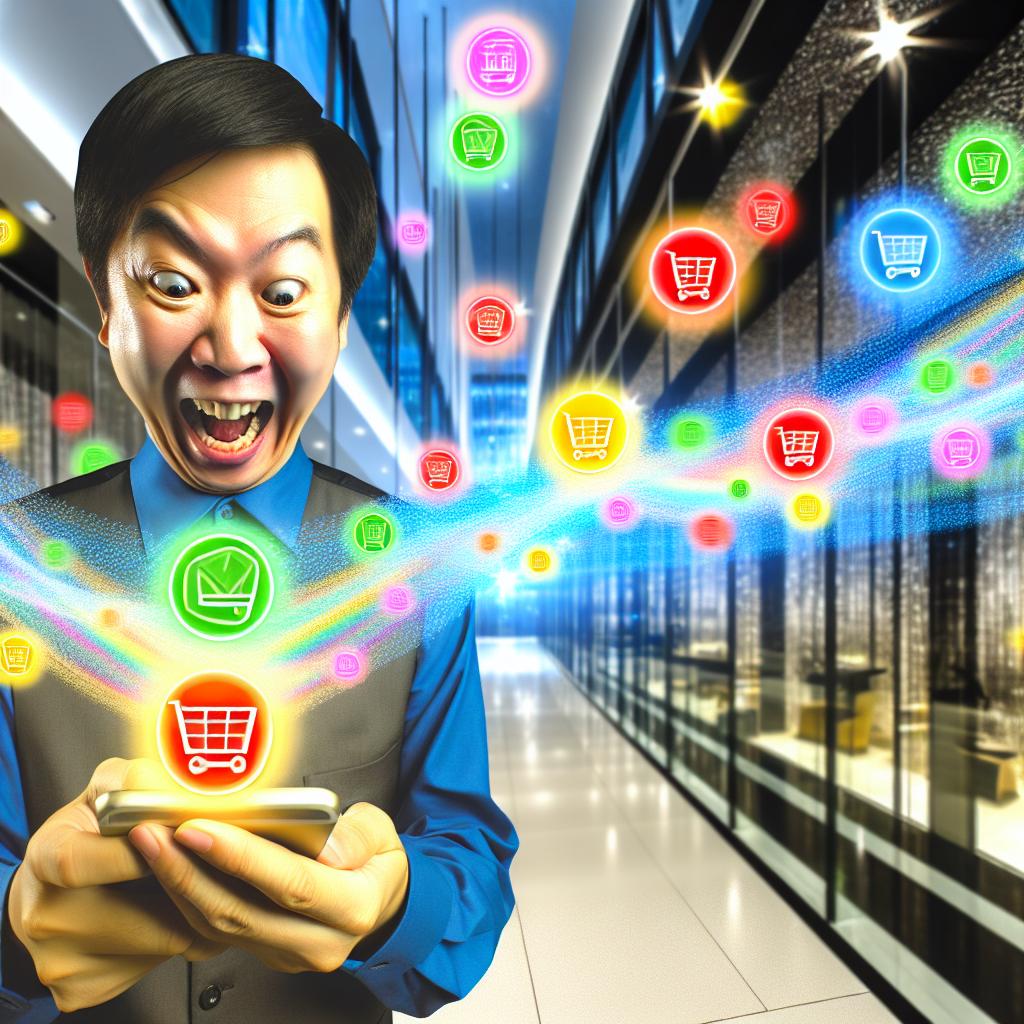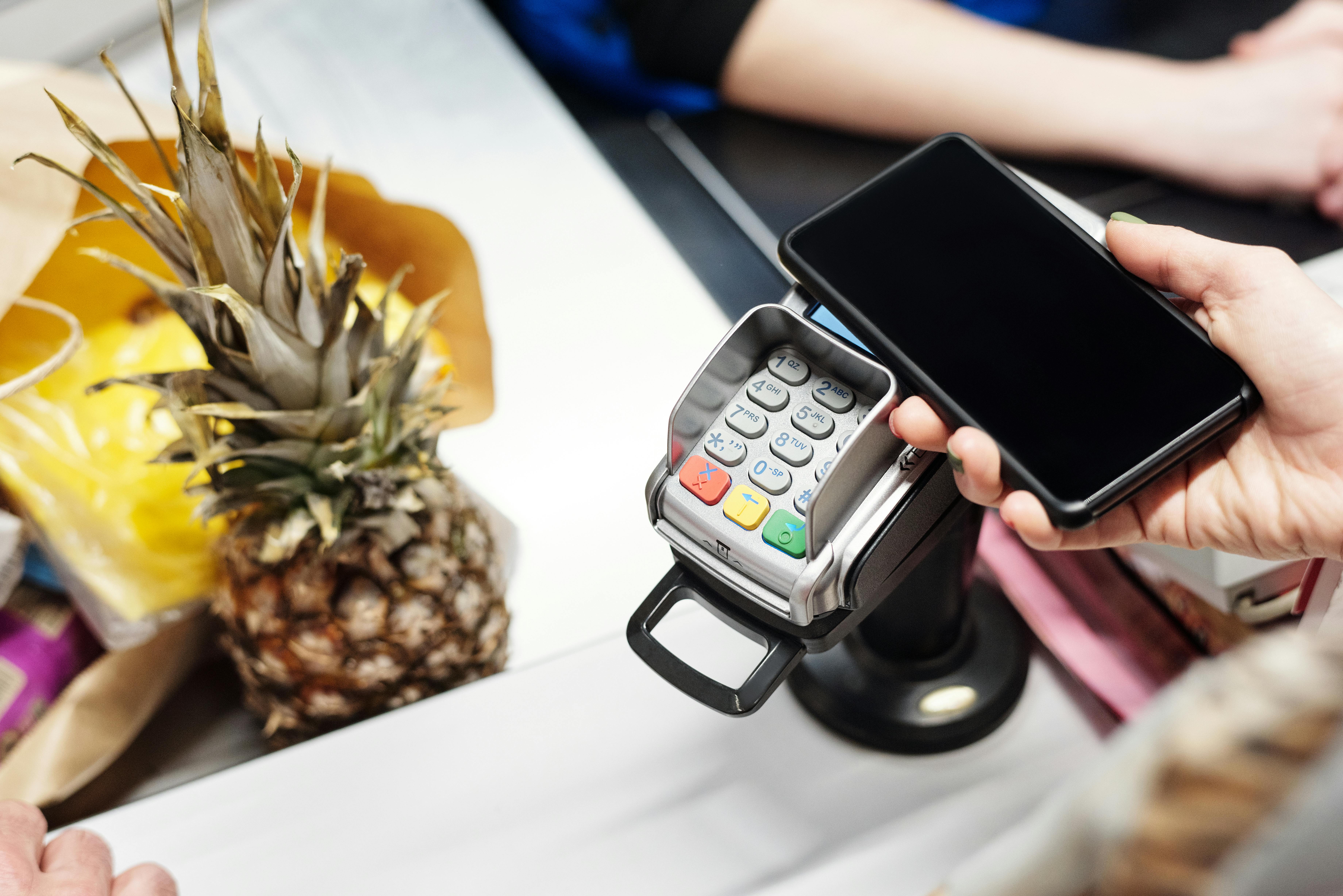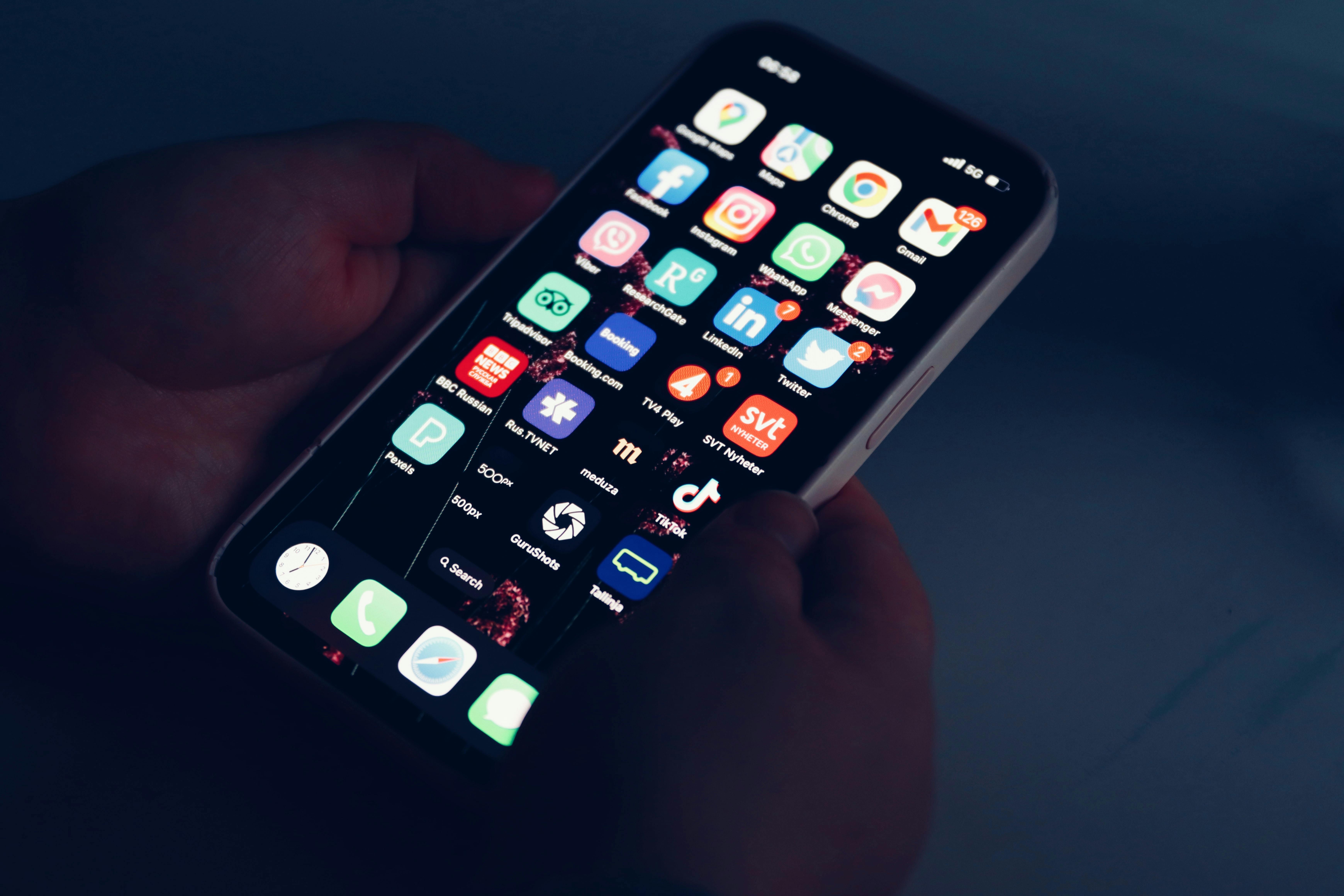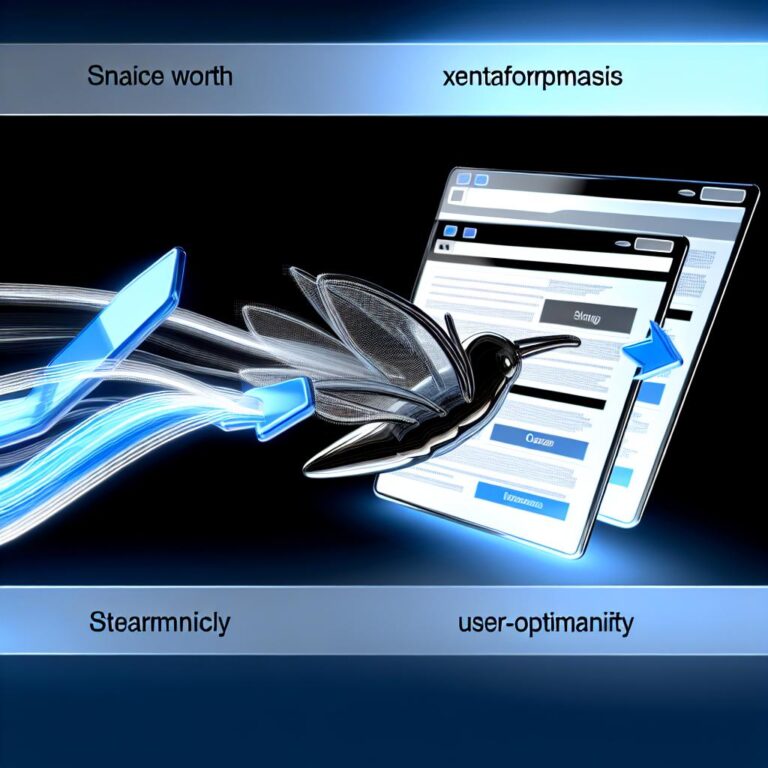Must have shopping apps: Which are worth downloading?

Current Market Size of Mobile Commerce
- U.S. m-commerce accounts for 38% of all digital sales, totaling $431 billion.
- The broader U.S. online shopping market is over $1 trillion, second only to China's nearly $1.5 trillion market.
- Analysts predict a 150% growth in m-commerce sales over the next two years.
- Mobile shopping is driven by the rise of smartphones and advanced shopping apps, featuring AI and personalized experiences.
- Popular shopping apps include Amazon, Walmart, Temu, and Shein, with Amazon leading in unique monthly users.
- Diverse app types are evolving: marketplace, brand-specific, multi-vendor, grocery, and coupon apps.
- Launching a shopping app offers brands enhanced customer engagement and access to the growing mobile market.
Ready to explore the world of mobile shopping apps? They're not just tools; they redefine how we shop. As a technology and AI enthusiast, you'll appreciate the innovation driving this market. But which apps deserve your download? From exclusive deals to innovative features, we’ll dive into those you must check out. Let’s uncover the best apps that are reshaping shopping for tech fans like us. Join me in this digital shopping odyssey!
What is the Current Market Size of Mobile Commerce?

Mobile commerce, often called m-commerce, has changed the way we shop. In the United States, m-commerce has grown at a surprising pace. It now covers 38% of all digital spending. This means $431 billion in sales comes from people shopping on their phones. But how did mobile commerce expand so much in the US and globally?
Start with the size of the broader online shopping scene. The US online shopping market is huge, worth over $1 trillion. It is second only to China, where e-commerce is nearly $1.5 trillion. Mobile commerce is already a major part of this digital ecosystem, with its numbers steadily climbing.
Globally, mobile shopping apps have found even wider reach. These apps make buying things easy and fast, with just a tap. Smartphones are everywhere, and people love the freedom of shopping without moving from their comfy spot. Countries like India and Brazil are seeing big jumps in mobile shopping due to smartphone adoption.
Now, let's talk about the future. What is the projected growth for the m-commerce market in the next two years? Analysts are bullish. They predict that m-commerce will grow by an astonishing 150% in only two years. This means that more than double current sales will happen through mobile devices. Visionaries see a world where mobile shopping isn't the future—it's the present.
Why are people so excited about this growth? Several things are driving this explosion. Shopping apps are getting better, smarter, and more user-friendly. Artificial intelligence helps these apps suggest products you want before you even know it. This makes buying more personal and fun.
Different kinds of shopping apps add to this growth. There's a shopping app for almost anything. Marketplace apps like Amazon and eBay offer all kinds of products. You can buy shoes, electronics, or even groceries in one place. Brand apps like Nike or Zara let you connect directly with your favorite brands. They often offer special deals or early access to new products.
For something more focused, multi-brand retail apps like ASOS deliver a mix of brands at great prices. Grocery apps such as Instacart and Shipt bring groceries right to your door. And don't forget buy-and-sell platforms like Poshmark and OfferUp, where you can shop pre-owned items and save money. Coupon and deal apps such as Rakuten and Groupon allow for clever ways to save money.
In the US, some apps have stood out as crowd favorites. Amazon leads with 98 million unique monthly users. It's a tough act to follow! Yet, Temu and Shein, despite being newer to the game from China, quickly grew large user bases. These players owe their rise to competitive pricing and unique shopping experiences.
For any brand thinking of going digital, knowing how vast m-commerce is offers much insight. Tools like MobiLoud make it easy to build apps by turning current e-commerce websites into apps. People want seamless shopping journeys, and providing this experience goes hand in hand with success in the growing mobile market.
M-commerce is not getting smaller. If anything, we're only at the beginning. More people will shop by phone, and more retailers will offer apps to meet this demand. Jumping in now allows tapping into a promising trend. It’s crucial to see mobile shopping as an opportunity, not just a convenience. The size and growth of today’s market paint a bright picture of the m-commerce future.
What Are the Different Types of Shopping Apps?

Shopping today offers something for everyone. From quick buys to finding deals, there are many app choices. In the vast sea of shopping apps, understanding their types can help you pick the right one for your needs.
Marketplace Apps vs. Brand Apps
To start with, we have two main types: marketplace apps and brand apps. Marketplace apps are giant platforms. They bring together many sellers, offering a diverse range of products. Think of an online mall—Amazon and eBay fit this mold. These apps excel at variety. They provide countless product choices from electronics to clothes and even groceries. It's convenient because you can shop from multiple vendors, but the sheer volume might be overwhelming for some.
On the other hand, brand apps focus on the experience tied to a single brand. Picture a well-curated store you step into. Apps like Nike and Zara focus solely on the goods of that brand. These apps are all about specialty and sometimes exclusive deals. For customers who have loyalties to certain brands, or who seek specific products, these apps bring more targeted offerings. You are linked directly with the brands, making it easier for them to communicate directly with you. This could mean special offers or alerts on new releases.
Multi-Vendor Platforms and Curated Shopping
Next, let's not forget multi-vendor platforms like ASOS or Target. These blend elements of both marketplace and brand apps. They feature multiple brands but within a more controlled and curated selection. The curated nature ensures that what they offer fits a certain style or category. It's like having a handful of your favorite stores in one app, without scrolling through thousands. These apps can be ideal for fashion lovers seeking variety within specialized styles.
Grocery and Coupon Apps
Moving on to grocery apps—think Instacart and Shipt. These apps deliver groceries straight to your doorstep. They focus on convenience, saving you time and often money. You can browse items, build your shopping list, and have the essentials brought to you. For busy families or individuals, they turn grocery shopping into a simple task. Not relying solely on physical stores, you gain access to a larger pool of products.
Coupon/deal apps such as Rakuten and Groupon enhance shopping by hunting the best deals for you. They stand out by offering discounts at your favorite stores or experiences in your city. These aren't just apps; they are your digital bargain hunters. For budget-conscious shoppers, these apps can make each dollar stretch further with exclusive deals and cashback offers.
A Growing Market
An exciting aspect of these apps is their growth. With around $431 billion in sales in the U.S. m-commerce market alone, more brands are putting their efforts into mobile platforms. The future is bright, with projected growth of 150% in the next two years. New players join each day, and apps continue to refine what they offer.
As you explore the vast world of shopping apps, remember to consider what suits your shopping style. Whether it's the expansive variety of marketplaces, the specialized focus of brand apps, the curated selections of multi-vendor platforms, or the savings-driven world of grocery and coupon apps, there's something for everyone. Each app type has its unique perks, catering to different shopping needs and preferences.
With each app having unique strengths, finding what's right for you can change your shopping experience. Shopping apps have transformed our purchasing habits. In exploring these apps, you're not just finding goods; you're discovering new ways to enjoy shopping.
Which Are the Most Popular Shopping Apps for iOS and Android?

Shopping has changed a lot due to our phones. We now shop online more than ever, and shopping apps play a big part. So, which top-rated shopping apps should you have on your phone? Let's explore the giants and some new faces making waves.
Amazon and Walmart are two apps you cannot ignore. But how do they maintain their market dominance? The answer is simple: they offer almost everything you can think of. Amazon has a vast inventory with books, gadgets, clothes, and more. It is like a huge digital shopping mall open 24/7. What makes Amazon stand out is its fast delivery and customer reviews. You can read what other shoppers say before buying. This makes deciding on a product easier and better.
Walmart does something similar, but with a twist. Walmart has both a strong online app and physical stores. You can order online and then pick up in-store if you wish. This option makes it super convenient, especially for groceries and personal items. Also, Walmart often has very competitive prices, sometimes even better than Amazon's.
Now, what about the newer apps like Temu and Shein? They are quickly climbing the ladder of popularity. Temu, a fresh face from China, entices users with bargain prices. Their strategy is to offer wallet-friendly deals without skimping on fashion and home goods. As for Shein, it has caught the eyes of many fashion lovers. Shein delivers hot trends at low prices straight from its factories. The app updates every day, so there is always something new to find. Some say the quality may vary, but the cost is hard to beat.
Let's talk numbers. In the US, Amazon has around 98 million users each month on its mobile app. This is huge, no doubt. But guess what? Temu and Shein are catching up fast. They are not as big as Amazon yet, but they are gaining fans quickly, especially among younger shoppers looking for style on a budget.
Shopping apps not only sell products but also connect people. For instance, Temu and Shein both have shopping communities. Here, shoppers can share what they bought and offer tips. It is like having a friend's advice when you shop. This makes the experience more fun and helps you find great stuff.
If you are someone who loves deals, maybe you prefer apps with coupons. Apps like Rakuten and Groupon focus on giving you savings when you shop. They are not as massive as Amazon or Walmart, but they find ways to give you a good deal.
Why have a mix of these apps on your phone? Well, each app has its strengths. You get fast delivery with Amazon, bargain fashion from Shein, and physical store pickup with Walmart. Having a few different apps lets you choose the best one for whatever you are shopping for at the time.
Shopping apps continue to change how we shop. More apps will pop up as interest grows. Some will add new features that could make shopping even easier or cheaper. If you love shopping, be sure to have the most popular apps on your phone. They will save you time and money, and they make it all fun and easy.
With mobile commerce making up 38% of digital spending, it is clear that shopping apps are more than a trend—they are the future. Keep an eye out for new apps and features to make your shopping experience even better.
Why Should You Launch Your Own Shopping App?
Launching your own shopping app is a smart move. Why? To improve customer engagement and drive sales. Let’s explore some reasons why having a branded app is beneficial.
First, consider the power of personalized shopping apps. These apps cater to customers based on their interests and past purchases. Imagine a store knowing exactly what you like. Now, picture that store in an app. This connection builds loyalty. Customers feel seen, and they tend to buy more. For store owners, it means better sales numbers and repeat business.
Branded apps also provide direct access to customers. Through features like push notifications, brands can send instant updates. Does your store have a sale? Need to introduce a new item? Let your customers know right away. This direct communication keeps the brand fresh in the shopper's mind. Retailers enjoy the simplicity of this tool. When used well, it strengthens brand loyalty and increases engagement.
Loyalty reward apps are another great feature. They encourage customers to spend more by dangling attractive rewards. Think of it like a digital punch card. Each purchase gets a little closer to an exciting reward. Customers love value, and these programs offer that. When customers feel appreciated, they become frequent buyers. They are also likely to share their positive experiences, enhancing your brand's reputation.
An interesting point is the impact on market reach. The e-commerce market in China shows massive growth, valued at nearly $1.5 trillion. By comparison, the US is worth over $1 trillion. With such vast markets, having an app can tap into these opportunities. It's particularly important given rising mobile usage. Over 38% of digital spending in the US comes from mobile commerce. With the market expected to grow by 150% in two years, an app meets customers where they are: on their phones.
Moreover, shopping apps offer various styles and features. There are apps for marketplaces, like Amazon. Brand-specific apps, like Nike, create a unique atmosphere. These apps provide a chance for brands to stand out. Users get the experience of visiting a flagship store, all through their devices. It's a digital shopping experience tailored to impress.
The investment often brings swift returns. Consider how Amazon, with 98 million users, turns visitors into buyers. While not every brand reaches these numbers, having a shopping app enhances reach. It transforms casual browsers into engaged customers. Newer competitors like Temu and Shein offer lessons in growth potential. Both apps, from China, gained popularity swiftly. Their innovations in user experience and affordability make them contenders.
In essence, launching a shopping app positions brands for success. From enhancing customer relationships to driving sales, the benefits are huge. Brands gain a competitive edge with personalized service and innovative rewards. The app acts as a bridge between the digital world and customer hearts. It turns technology into a tool of loyalty, growth, and engagement.
Owning a shopping app means being part of a expanding market. It allows brands to adapt to change. As trends continue to evolve, being prepared with a strong digital presence is key. So, if you're considering the leap into app development, know that the benefits far outweigh the costs. Your customers are waiting. Will you meet them with open arms?
Conclusion
Mobile commerce keeps growing, both in the US and worldwide. It has created many opportunities for businesses and enhanced shopping experiences. Different apps like brand and marketplace apps offer various features. Grocery and coupon apps make shopping easier and fun. Popular apps like Amazon and Walmart set high standards with great features. New apps like Temu and Shein offer unique user experiences. Building your own app boosts customer interaction and loyalty. The future of mobile commerce is exciting; diving in now offers big rewards.






